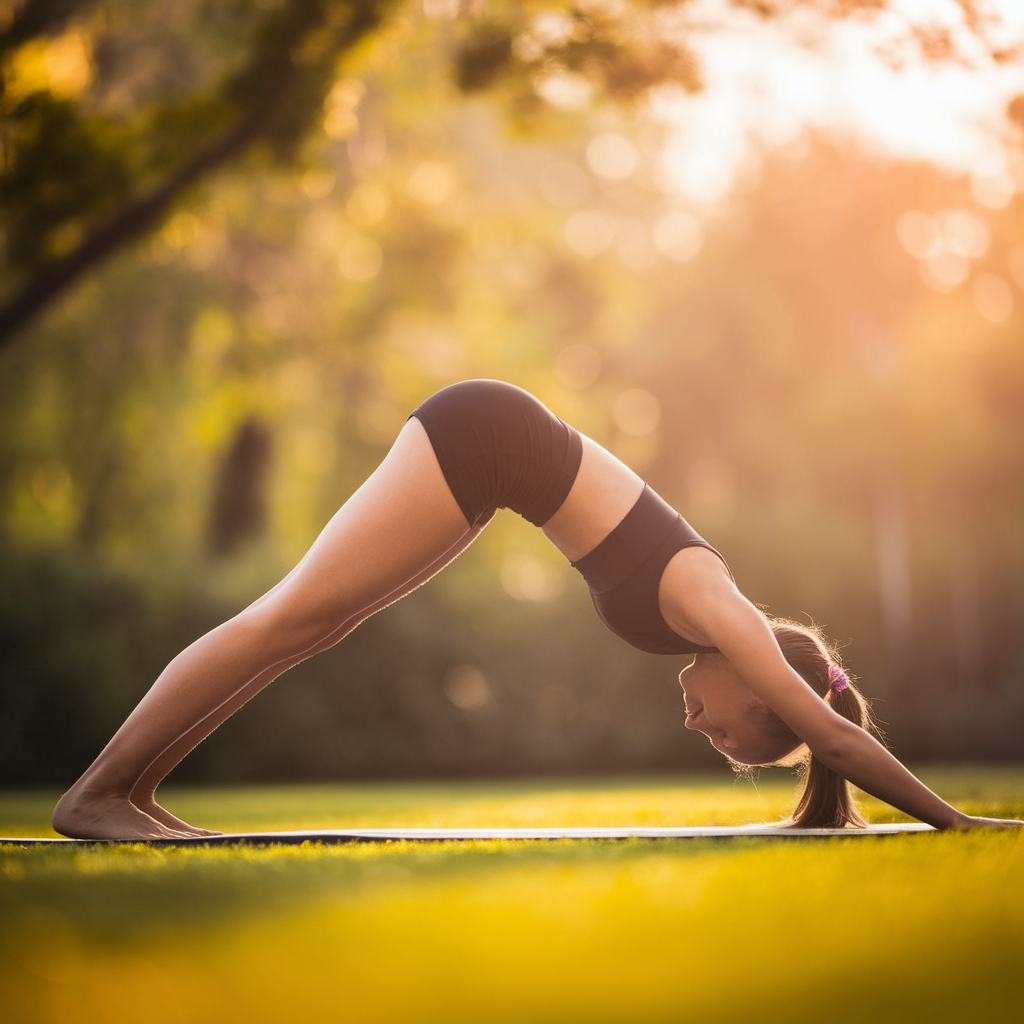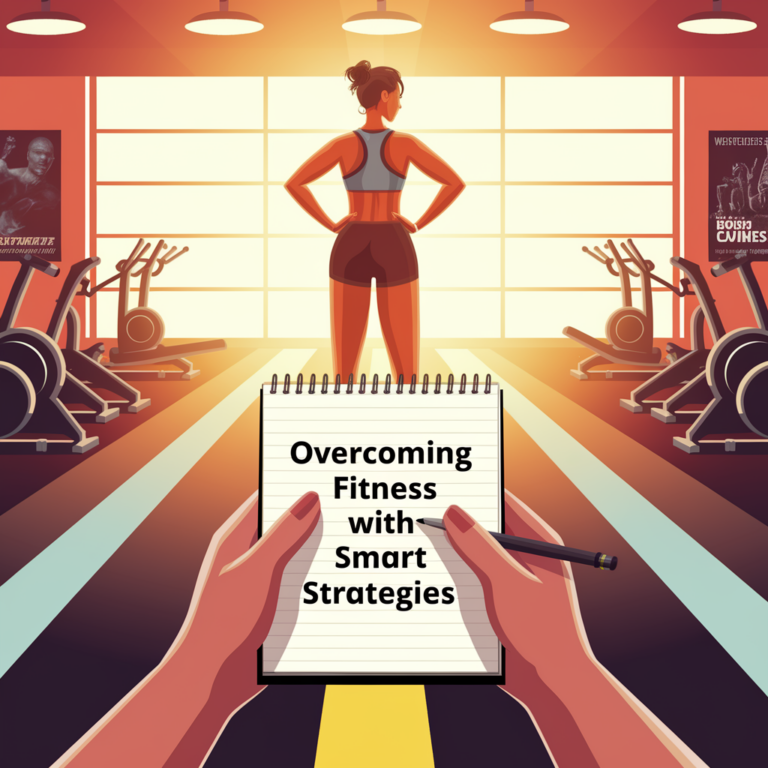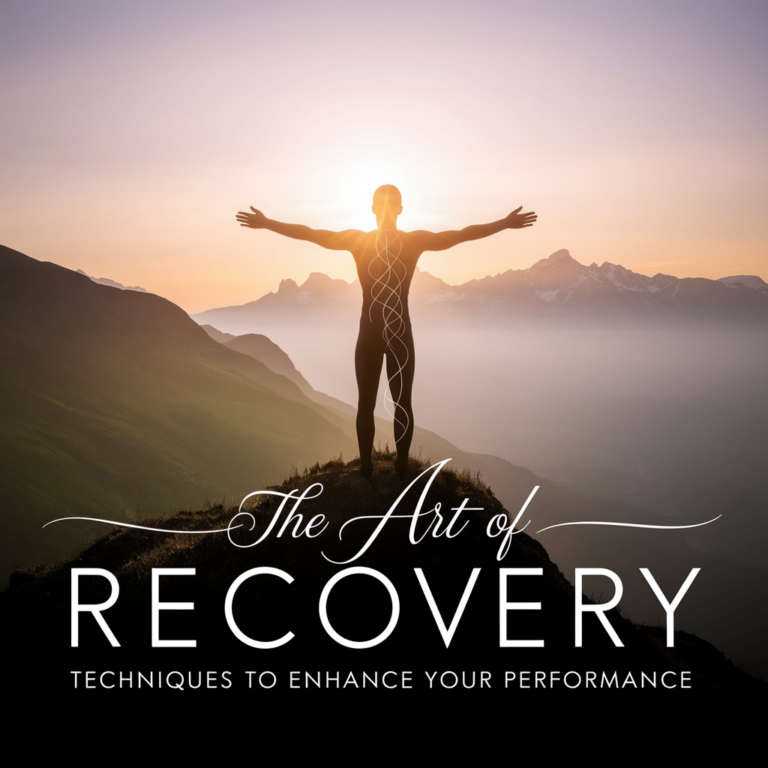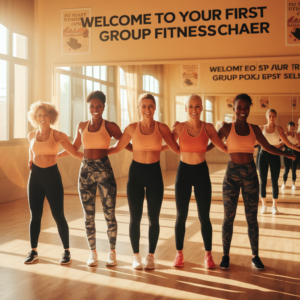Incorporating Yoga into Your Athletic Routine for Better Flexibility
Flexibility—it’s a word that often conjures images of pretzel-like poses and serene yoga studios filled with soft light and the gentle sound of chimes. But let’s be honest, flexibility is also a key component of athletic performance that many athletes overlook. Remember the last time you tried to touch your toes and felt more like a rusty robot than a well-oiled machine? Yeah, me too. That’s where yoga comes in, not just as a trendy practice but as a legitimate tool for athletes seeking to improve their flexibility.
Understanding the Importance of Flexibility in Sports
Before we dive into how to incorporate yoga into your routine, it’s essential to understand why flexibility is crucial for athletes. Flexibility contributes to overall performance, reduces the risk of injury, and enhances recovery. It’s like greasing the gears of a machine—everything runs smoother when you’re flexible.
A few key benefits of flexibility in athletic performance include:
- Improved Range of Motion: Increased flexibility allows for a greater range of motion in joints, which can enhance performance in many sports—think about that killer serve in tennis or a smooth overhead kick in soccer.
- Injury Prevention: Flexible muscles and tendons are less likely to tear. This is especially important for athletes who push their bodies to the limit, like sprinters or weightlifters.
- Better Posture and Alignment: Proper alignment can improve your efficiency and reduce strain on your body during physical activity. (Trust me, no one wants to be the person who walks off the field looking like they just lost a battle with a pretzel.)
How Yoga Complements Athletic Training
So, how does yoga fit into this picture? Well, yoga is not just about twisting into complicated shapes while sipping green juice. It offers a holistic approach to flexibility that incorporates strength, balance, and mindfulness. The benefits of yoga for athletes are tangible—many elite athletes, from football players to Olympic gymnasts, have embraced yoga to enhance their training.
Strength and Flexibility Go Hand in Hand
One common misconception is that flexibility and strength are opposing forces. In reality, they complement each other beautifully. Yoga helps build strength in often overlooked muscles while simultaneously stretching and lengthening them. For instance, the warrior pose (Virabhadrasana) not only stretches the hips but also strengthens the legs and core. It’s like hitting two birds with one stone—if you’re into that sort of thing.
Mental Focus and Breathing
Incorporating yoga into your routine can also enhance mental focus. The practice encourages awareness of your body and breath, which can translate to better performance in your sport. Think about it; when you’re in the zone—whether you’re shooting hoops or sprinting down the track—being aware of your breath and body can give you that crucial edge.
Getting Started: Simple Yoga Poses for Flexibility
Now that we’ve established why yoga is beneficial for athletes, let’s get down to the nitty-gritty of how to start incorporating it into your routine. You don’t need to become a yoga master overnight. In fact, all you need are a few simple poses that you can practice regularly.
1. Downward Dog (Adho Mukha Svanasana)
The classic Downward Dog is a full-body stretch that helps loosen up the hamstrings, calves, and shoulders. Plus, it can help relieve back pain—bonus points for your post-game recovery!
How to do it: Start on your hands and knees, tuck your toes, and lift your hips towards the ceiling. Keep your spine straight and feel the stretch through your legs and back. Aim to hold this pose for 30 seconds to a minute.
2. Pigeon Pose (Eka Pada Rajakapotasana)
Pigeon Pose is fantastic for opening up the hips and relieving tightness that many athletes experience. If you’ve ever felt like your hips were locked in a vice after a hard workout, this pose is for you.
How to do it: From Downward Dog, bring your right knee forward towards your right wrist. Extend your left leg back and keep your hips square. Lean forward to deepen the stretch. Breathe into it and switch sides after 30 seconds to a minute.
3. Seated Forward Bend (Paschimottanasana)
For those tight hamstrings that seem to mock you with every sprint, the Seated Forward Bend stretches the back and legs while calming the mind. It’s like a little mini-vacation from your usual grind.
How to do it: Sit with your legs extended in front of you. Inhale, lengthen your spine, and as you exhale, hinge at your hips to reach towards your feet. (If you can’t touch your toes, don’t sweat it. Just reach as far as you can.)
4. Bridge Pose (Setu Bandhasana)
The Bridge Pose strengthens the back, stretches the chest, and opens the hips, creating a balanced workout for the body. Perfect for countering the tightness that often comes with heavy lifting or endurance training.
How to do it: Lie on your back with your knees bent and feet flat on the floor. Press through your feet and lift your hips towards the ceiling. Hold for 30 seconds, breathing steadily.
5. Child’s Pose (Balasana)
Ah, the ever-comforting Child’s Pose—a staple in any yoga routine. It’s a fantastic way to relax and stretch the back and hips while also providing a moment of stillness.
How to do it: Kneel on the floor, sit back on your heels, and then fold forward, resting your forehead on the ground. Breathe deeply and enjoy the moment—it’s a great way to unwind after a tough session.
Creating a Balanced Routine
Incorporating yoga into your athletic routine doesn’t mean you have to throw your current training plan out the window. Think of it as adding a new dimension to your existing workouts. Here are a few tips to help you create a balanced routine:
1. Start Slow
If you’re new to yoga, begin with one or two sessions a week. Gradually increase the frequency as you become more comfortable. (Trust me, you don’t want to go from zero to 60 and end up feeling like a pretzel gone wrong.)
2. Integrate Yoga into Your Warm-Up or Cool Down
Using yoga poses as part of your warm-up or cool-down can help ease muscle tension and improve flexibility. Just a few minutes of stretching can make a significant difference in your performance.
3. Use Online Resources or Classes
There are countless online resources and local classes available, catering to all levels. Find a style that resonates with you, whether it’s Vinyasa, Hatha, or Yin yoga. (Those fancy names can sound intimidating, but don’t worry—it’s just yoga dressed up for a gala.)
4. Listen to Your Body
It’s important to pay attention to how your body feels. If a pose doesn’t feel right or causes pain, back off. Flexibility is a journey, not a race. (And trust me, no one wants to be that person who tries to impress their friends with a headstand and ends up in a heap on the floor.)
Real-Life Success Stories
To drive the point home, let’s look at some real-life examples. Many athletes have found success by incorporating yoga into their training routines. Take, for instance, the legendary NBA player Kobe Bryant, who was known for his commitment to yoga. He credited it with helping him maintain his flexibility and focus throughout his career.
Another example is professional runner and Olympic medalist, Shalane Flanagan. She integrated yoga into her training to help with recovery and injury prevention, ultimately contributing to her impressive performances on the track.
Even if you’re not an elite athlete, the principles remain the same. Amateur athletes and weekend warriors alike can benefit from yoga’s emphasis on flexibility. I recall a friend who was a weekend cyclist—after a few months of dedicated yoga practice, he found himself not only riding faster but also recovering quicker after those long rides. Who knew that a little downward dog could lead to some serious speed?
Challenges and Considerations
Of course, incorporating yoga into your routine isn’t without its challenges. Time is often a factor—between work, training, and recovery, finding the time to roll out a yoga mat can feel impossible. However, even 15 minutes a day can yield significant benefits, so don’t underestimate the power of a quick session.
Additionally, for those who might be more accustomed to high-intensity workouts, yoga can feel slow or even frustrating at first. It’s essential to approach it with an open mind and patience—just remember, Rome wasn’t built in a day, and neither is flexibility!
Conclusion: Embracing the Journey
Incorporating yoga into your athletic routine can lead to improved flexibility, enhanced performance, and an overall sense of well-being. It’s a journey worth taking—one that can transform not only your body but also your approach to training and competition.
Whether you’re a seasoned athlete or just starting out, remember that flexibility is just as important as strength and endurance. So, roll out that mat and give yourself the gift of flexibility. After all, you never know when that extra inch in your reach might make all the difference in your next game!
In the words of a wise yogi (or maybe it was just someone at a coffee shop), “Flexibility is the key to life.” And let’s face it, isn’t that what we’re all striving for? So, what are you waiting for? Namaste and happy stretching!







